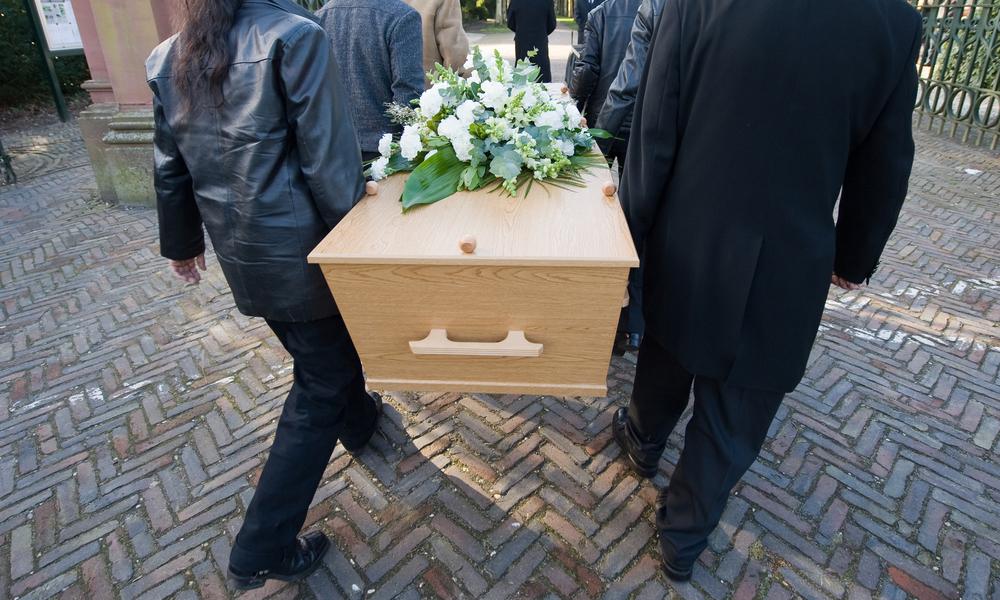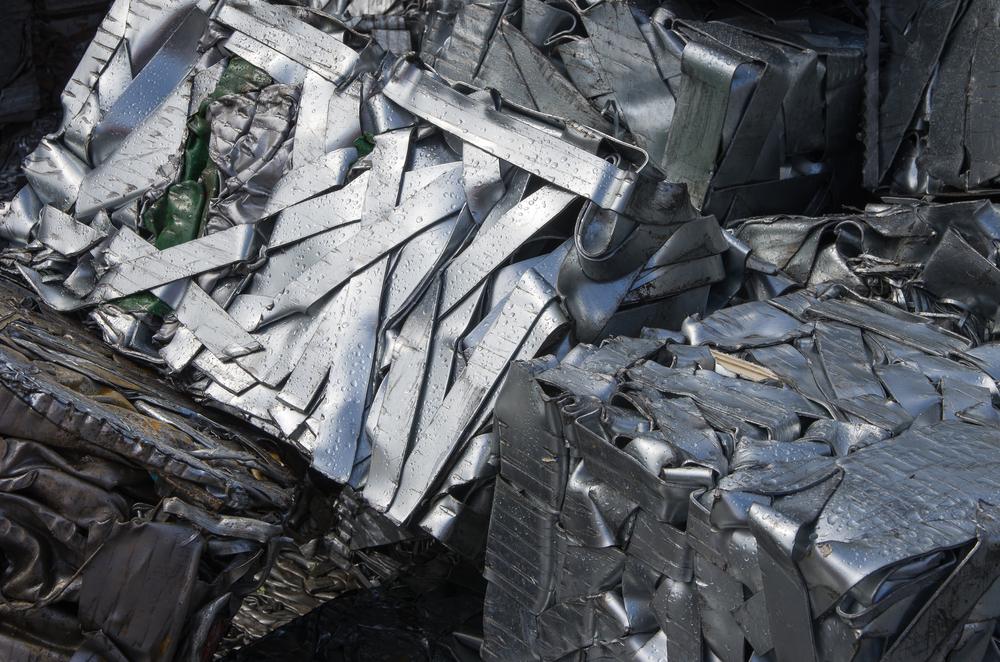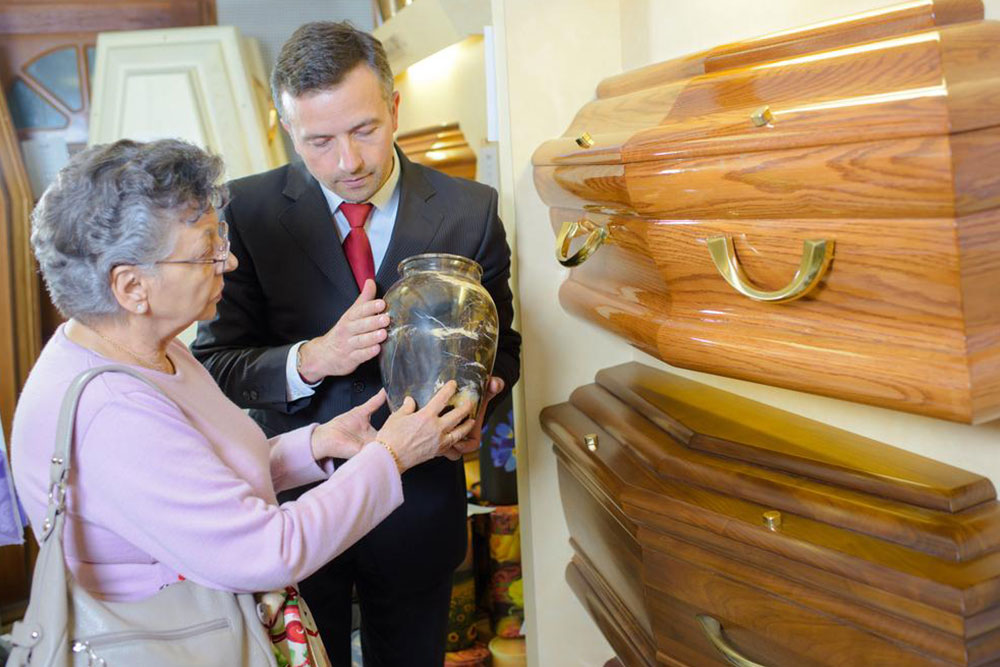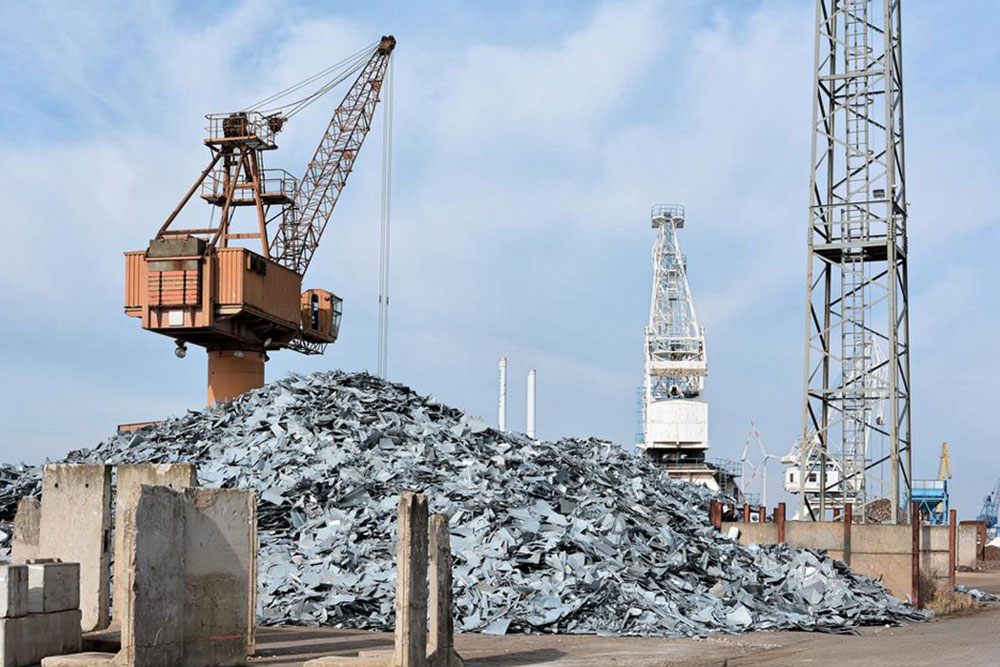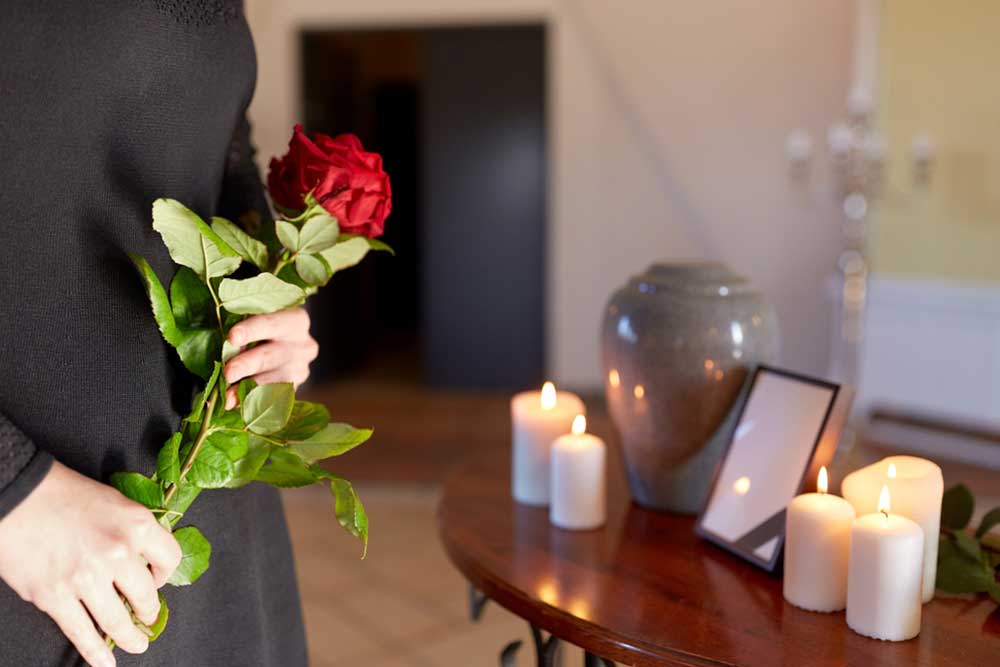Why Cremation is a Modern Alternative to Traditional Burial: Benefits and Considerations
Cremation has become a increasingly popular choice for body disposition worldwide due to its environmental, economic, and flexible benefits. This comprehensive article explores its historical roots, technological advancements, cultural acceptance, and future trends, illustrating why cremation is a modern, sustainable alternative to traditional burial methods.

Why Cremation is a Modern Alternative to Traditional Burial: Benefits and Considerations
Throughout human history, societies have faced the universal reality of death, and how they honor the deceased reflects their cultural, religious, and environmental values. Traditionally, burial has been the dominant method across many civilizations—embalming, tomb building, and interment in sacred grounds. However, over the centuries, cremation has steadily gained popularity as a practical, environmentally conscious, and economically viable alternative. Understanding the evolution, advantages, and cultural significance of cremation can help individuals make informed decisions about end-of-life arrangements today.
Historically, the choice between burial and cremation was influenced heavily by religious doctrine and cultural traditions. For instance, ancient civilizations like the Egyptians practiced elaborate embalming and tomb construction, believing that preserving the body was essential for the afterlife. Similarly, the Greeks and Romans engaged in cremation rituals, often burning the bodies of fallen soldiers on battlefields, setting a precedent that influenced European customs. Going even further back to the Stone Age, archaeological discoveries suggest widespread cremation practices, highlighting its deep-rooted history in human society.
Modern cremation involves the body's incineration at very high temperatures, typically around 2100°C, in specialized furnaces called crematoria. This process results in the reduction of the body to bone fragments and ashes, which are then collected and often returned to families for final disposition. The technology behind cremation has advanced significantly, making it safer, more hygienic, and environmentally friendly. Electric cremation chambers, for example, minimize emissions and reduce the use of toxic chemicals often associated with traditional embalming and burial techniques.
Historical Growth and Cultural Acceptance of Cremation
The late 19th century marked a turning point for cremation's acceptance, especially across Europe and North America. Initially, religious authorities and conservative communities viewed cremation with suspicion, considering it incompatible with certain religious doctrines or fearing health risks. Some institutions even imposed bans on cremation, reflecting societal resistance rooted in tradition and skepticism. Nonetheless, advancements in medical science, hygiene, and environmental awareness contributed to gradually shifting perceptions.
In recent decades, cremation has experienced exponential growth worldwide. In countries like the United States, approximately 25% of families opt for cremation, with this figure expected to rise as societal attitudes become more accepting and as the cost and convenience factors come into play. The ashes obtained through cremation are often stored in urns, scattered in meaningful locations, or incorporated into memorial objects, enabling personalized remembrance experiences. Cremation provides flexibility in funeral planning, often allowing for more time and creativity in honoring loved ones.
Environmental and Economic Advantages of Cremation
One of the most compelling reasons for choosing cremation over traditional burial is its environmental impact. Conventional burial practices demand significant land use, with cemeteries occupying valuable space that could be used for other purposes. Additionally, cemeteries often involve the use of embalming fluids—some of which contain toxic chemicals such as formaldehyde—along with concrete vaults and metal caskets, all of which can leach into soil and groundwater over time.
Cremation offers a more sustainable alternative by reducing land consumption and minimizing the use of toxic materials. Modern cremation chambers employ advanced filtration and emission controls that mitigate air pollution, making the process cleaner and more eco-friendly. Furthermore, cremation generally costs less than traditional burial, as it eliminates expenses related to caskets, gravesite maintenance, embalming, and burial services. This cost advantage appeals to many families facing increasing funeral expenses.
Societal Trends and Future Outlook
As society evolves, so too do attitudes toward death and memorial practices. The rise of environmentally sustainable options, changes in religious perspectives, and the desire for flexible and personalized arrangements contribute to the increasing popularity of cremation. Funeral providers now offer a variety of services—including direct cremation, memorial services with or without body presence, and the inclusion of cremated remains in artworks or jewelry—catering to diverse preferences.
Additionally, technological innovations continue to enhance the cremation process. For example, green cremation, also known as water cremation or alkaline hydrolysis, uses a water-based solution to break down remains, drastically reducing energy consumption and emissions. The industry is also embracing digital memorialization, allowing families to create online tributes and virtual remembrance spaces.
In conclusion, cremation is no longer just an alternative but a widely accepted and often preferred method of body disposition. Its advantages—cost-efficiency, environmental sustainability, flexibility in memorial options, and cultural adaptability—make it an increasingly popular choice worldwide. As societal values continue to shift and technological advancements unfold, cremation is poised to become an even more integral part of how we honor loved ones after death.
